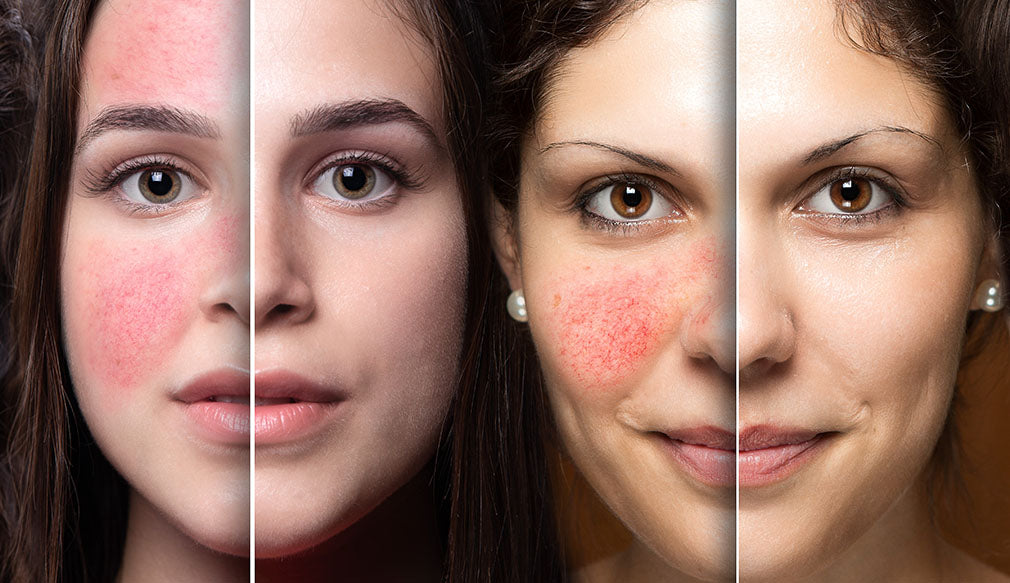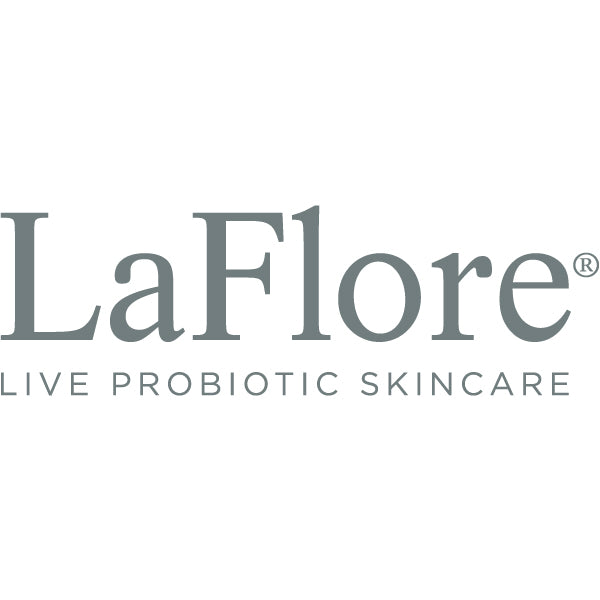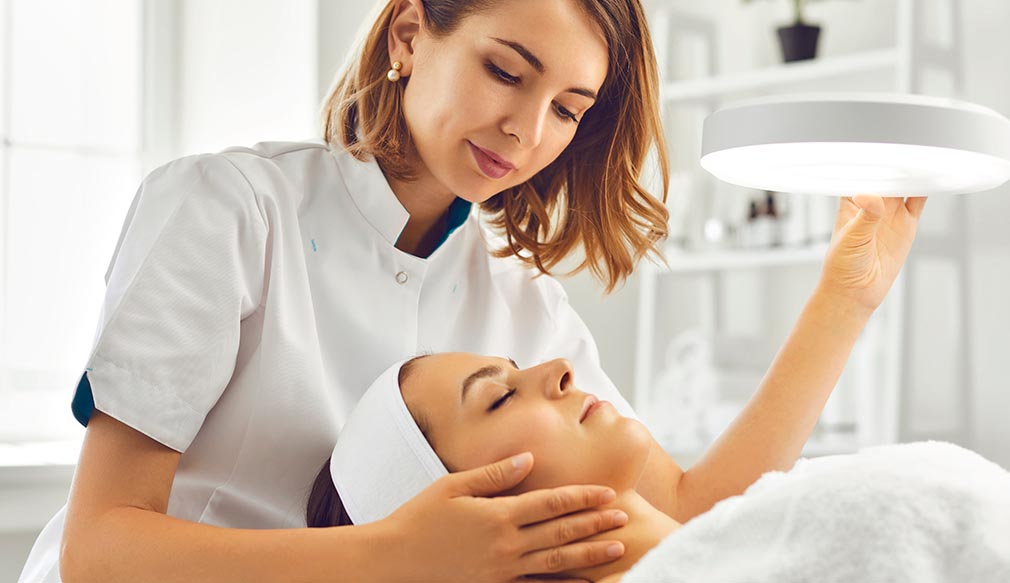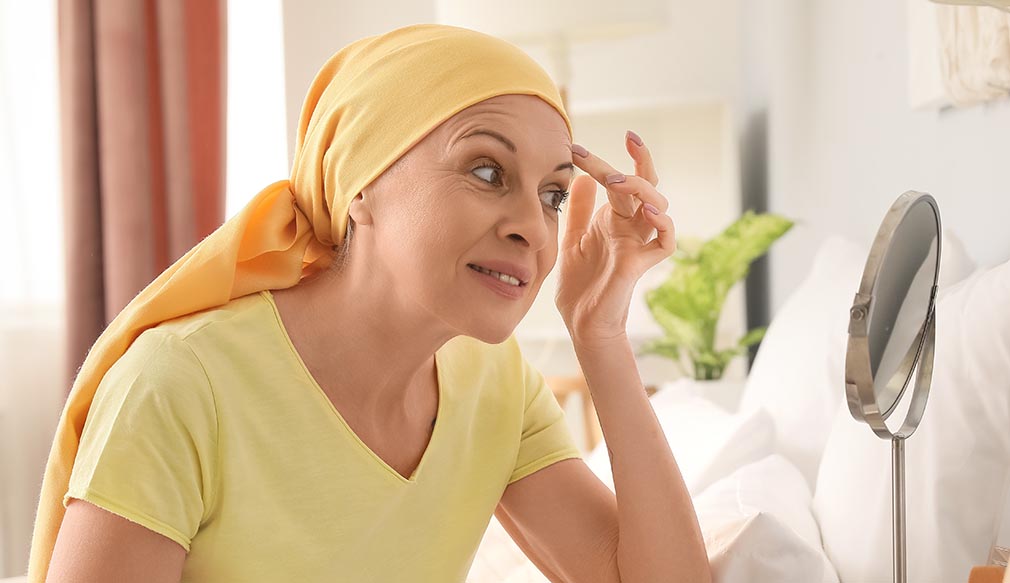
Effective Dermatitis Relief Through Topical Probiotics: A Comprehensive Guide

If you've landed here, you're likely familiar with the challenges posed by atopic dermatitis (AD), marked by its hallmark symptoms of dryness, itchiness, and inflammation. This condition stands as one of the most prevalent inflammatory skin disorders, with its prevalence showing a steady rise.
Atopic Dermatitis and the Crucial Role of the Skin Microbiome
The skin microbiome provides the first line of defense against infection by harmful bacteria.
The initial development of AD has been associated with a decrease in regulatory immune cells called T cells. These cells are essential in the immune response your body uses to fight infection and invasion from harmful bacteria. When the skin microbiome has a reduced ability to fight infections, harmful bacteria like Staphylococcus aureus take advantage and grow uncontrollably, causing skin conditions such as AD. During AD flares, the skin microbiome is “out of sync”, with a reduction in the diversity of the microbiome - which means there are fewer different types of bacteria present on the skin - making the skin at high risk for infection. Additionally, the skin microbiome of people with AD has a decreased ability to express specific peptides that would protect against the growth of harmful bacteria like Staphylococcus aureus. S. aureus has been linked to reduced immune responses, increased allergic reactions, and skin barrier disruption. It has been found that bacteria on the skin of people with chronic AD have less antimicrobial activity than those of normal skin - meaning they are less effective in fighting off harmful bacteria.

For more information click here.
The image above shows characteristics of the skin microbiome before, during, and after an AD flare. During an AD flare, the alpha diversity of the skin microbiome is extremely low (green line). This means that the number of different types of bacteria has been reduced - making the skin at high risk for infection. Also during a flare-up, the proportion of the microbiome that is of harmful Staphylococcus species (blue line) is at its highest - increasing skin inflammation, itchiness, and redness. This is also when the disease is at its most severe. Post flare-up, the diversity has increased back to normal, and the proportion of harmful bacteria reduced, along with the severity.
Why? You may be wondering. Well, the solution to atopic dermatitis is much easier than you’ve been led to believe. Atopic dermatitis is actually connected to the health of your skin microbiome - a thin layer of bacteria that lives on your skin. We know what you’re thinking… “Bacteria? Gross!” The thing is that these vital little “bugs” found in the skin microbiome help provide the first line of defense against infections caused by harmful bacteria that can lead to skin conditions such as, you guessed it, atopic dermatitis. In fact, the initial development of atopic dermatitis has been associated with a decrease in regulatory immune cells called T-cells. These cells are essential in the immune response your body uses to fight infection and invasion from harmful bacteria.
Two Ways to Add LIVE Probiotic Skincare to Your Spa!
LaFlore Live Probiotic Concentrated Serum - If you try any LaFlore skincare products choose this one! This serum helps by adding more of the beneficial bacteria the skin needs to reduce redness, irritation, and inflammation. Think of it as a transdermal supplement as it works best if used daily. This is due to the fact that it strengthens the skin microbiome to correct and prevent future dermatitis flare-ups by working with the skin microbiome to produce postbiotic metabolites like vitamin A, vitamin C, peptides, antioxidants, ceramides, and more. Available in professional and homecare sizes.
LaFlore Live Probiotic Concentrated Serum recently won the 2023 Aesthetican’s Choice Award for Favorite Probiotic Serum!
Microbiome Rest Package - This starter package includes all of the LaFlore professional products to perform the Microbiome Reset Facial in under 50 minutes. It accommodates 25 treatments with a revenue potential of $4,125 for a service priced at $165. It’s ideal for those looking to add a line to their spa that can help with those most difficult-to-treat clients including dermatitis. It has everything the skin needs to mend and thrive naturally. The microbiome reset facial helps to reduce current dermatitis symptoms like inflammation and redness while also providing a jumpstart to your client’s daily supplementation.
A Note About the Process:
When using topical LIVE probiotics like those found in our LIVE probiotic concentrated serum your client’s skin may purge. This part of their journey will be unique to them because everyone’s skin microbiome is different. Just remind them that if they think it is getting worse, it’s part of the skin’s process, and to not stop! Their healthy, happy skin is right around the corner. NOTE: Purge is not irritation, if your client experiences a burning sensation discontinue use.
Frequently Asked Questions
How is the development of atopic dermatitis linked to immune cells?
The initial development of atopic dermatitis is associated with a decrease in regulatory immune cells known as T cells. These cells play a crucial role in the immune response against infections.
What happens to the skin microbiome during an AD flare-up?
During an AD flare-up, the diversity of the skin microbiome decreases, making the skin more susceptible to infection. The proportion of harmful bacteria, such as Staphylococcus aureus, increases, leading to skin inflammation, itchiness, and redness.
How does Staphylococcus aureus contribute to AD?
Staphylococcus aureus, a type of harmful bacteria, can grow uncontrollably on the skin during AD flare-ups. It has been linked to reduced immune responses, increased allergic reactions, and disruptions in the skin barrier.
What is the connection between the severity of AD and the skin microbiome?
The severity of atopic dermatitis is closely linked to the state of the skin microbiome. During flare-ups, the microbiome's diversity decreases, and harmful bacteria increase, leading to more intense symptoms. As the microbiome returns to normal, the severity of the condition decreases.
What role do T-cells play in the immune response against infections?
T-cells are essential immune cells that help the body fight infections and invasion from harmful bacteria. A decrease in T-cell activity is associated with the development of atopic dermatitis.




